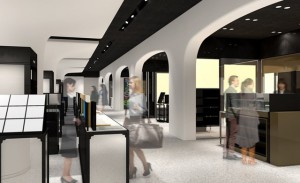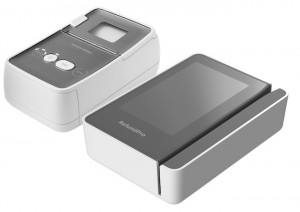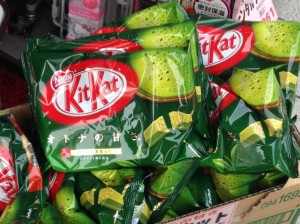The cheap yen has helped inbound tourism in Japan sour and nearly 20 million visitors came to Japan last year. Most are Asian, especially Chinese, and while they do come here to sightsee and eat the cuisine, they also come with another objective: shopping. Lots of shopping.
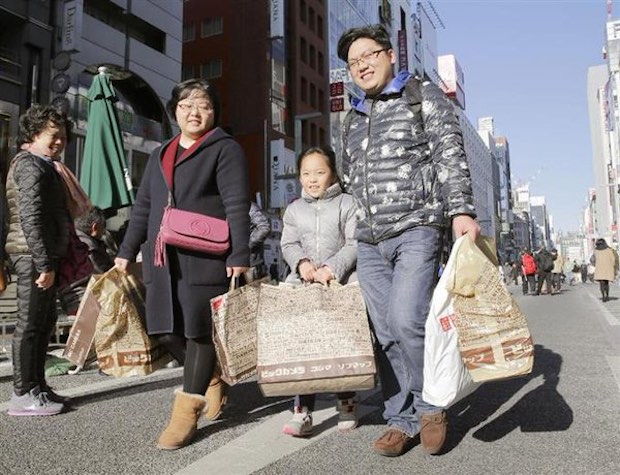
As any trip to Shinjuku or Ginza will tell you, the retailers are experiencing a visible boom, particularly at periods like Chinese New Year. The phenomenon has been called bakugai, literally “explosive buying”, and while it is not wholly new as a concept it was one of the buzzwords in Japan for 2015. The spectacle is sometimes incredible to behold: Chinese families and tour groups lugging huge packages and bags of merchandise, or even repacking them into suitcases on the street outside the store. (Retailers who stock suitcases are also making a fast buck too.)
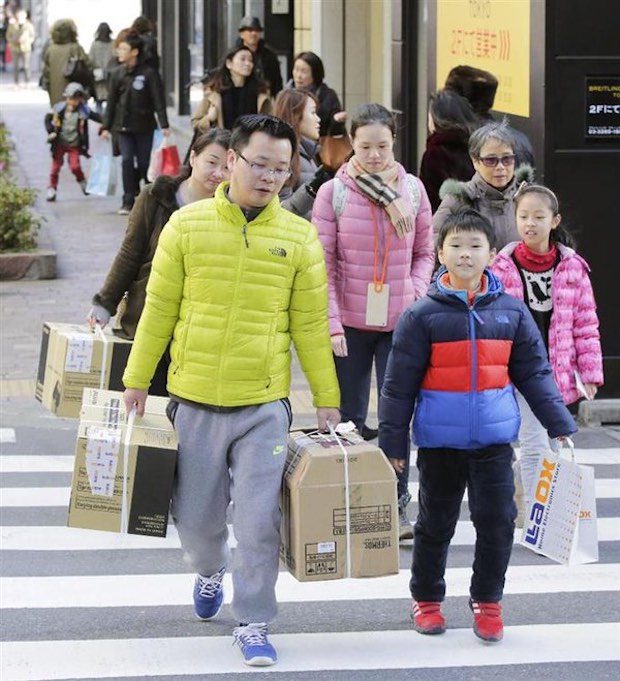
It has changed the face of retail in certain areas too, with tax-free counters springing up and lots of non-Japanese staff also now manning the shop floors. Ginza Mitsukoshi also recently opened Japan’s first airport-style tax-free shopping facility outside of Okinawa.
What are the visitors buying? While some items such as electronics and souvenirs might not surprise, more often than not the shopping splurges are on fairly ordinary items, which is why drug stores are really benefitting. Chinese tourists especially hanker after the quality of Japanese cosmetics and beauty items, and often bulk-buy to resell online later when they get home.
The South China Morning Post reported:
A study by the Japan National Tourist Agency indicated that 63% of Chinese visitors purchased cosmetics and perfume, 55& snapped up food, spirits and cigarettes and 52 per cent bought over-the-counter medicines and toiletries.
Perhaps surprisingly, only 37& of Chinese bought electrical appliances — rice cookers and Japan’s famous high-tech toilet seats remain favourites — although they did buy in bulk. On average, a foreign tourist will spend ¥65,000 (HK$4,093) on appliances, but the Chinese splash out an average of ¥88,000 (HK$5,541)
The local media has been fascinated by the wave of Chinese shoppers and there has also been plenty of mockery (and contempt for their different manners), though no one for a second laments the money they bring. The Sankei Shimbun recently had a nice spread showing Chinese tourists and what they had bought.
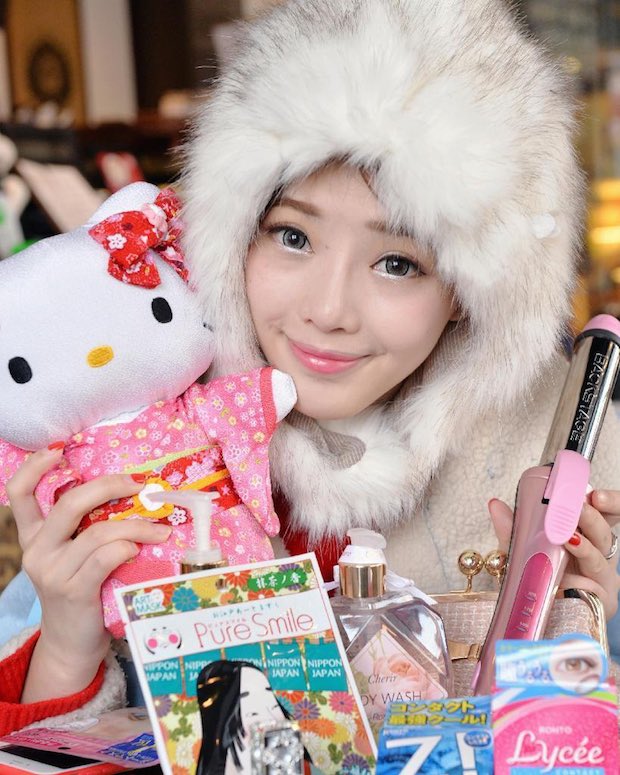
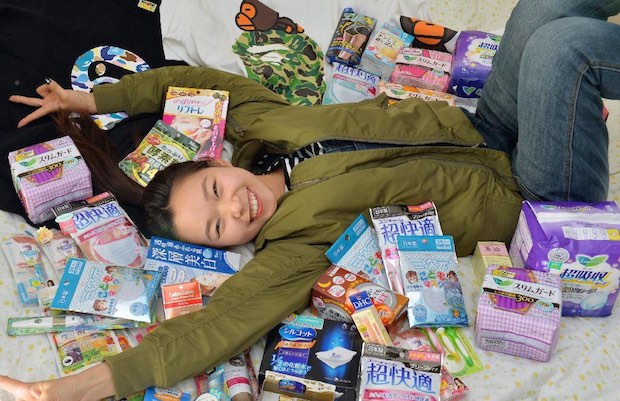
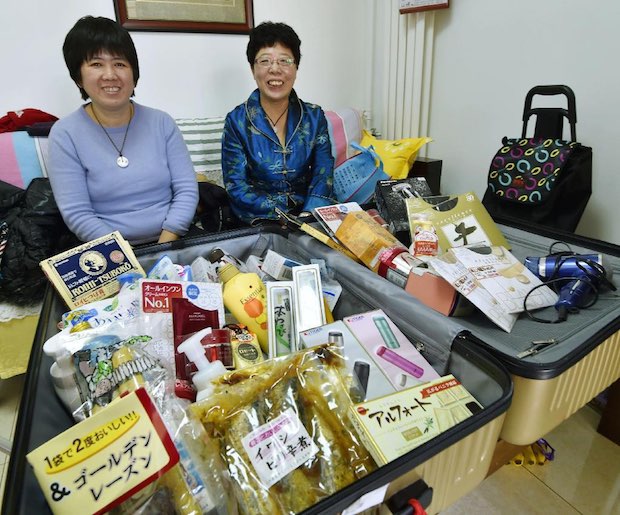
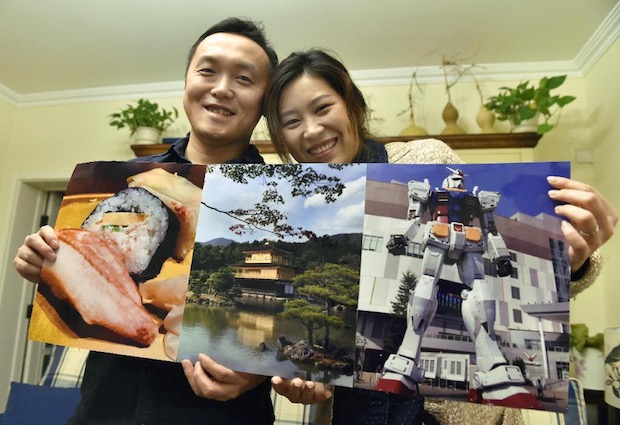
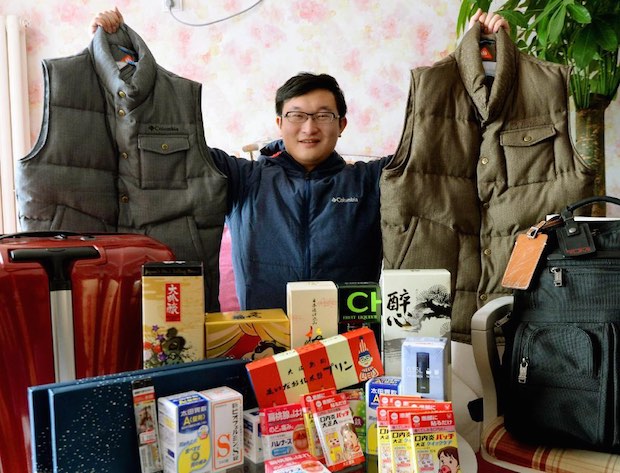
According to Gendai Business, though, bakugai has now reached such an extent that the Chinese government is considering legislation to curb spending overseas by its citizens by setting a maximum amount that can be used — effectively banning bakugai. This may mean that, like so many other trends in Japan, bakugai is a transient phenomenon. In which case, don’t despair: there are other ways to get Japanese products without even having to visit.

